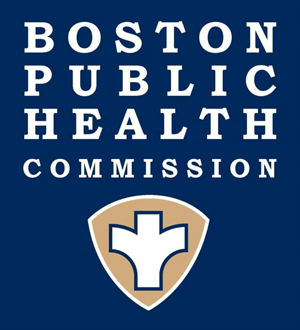Public Resources
Public Resources
Categories of Vulnerability
Categories
It is crucial to define, locate, and reach at-risk populations before, during, and after an emergency. To aid in this effort, it is often helpful to begin with broad categories. This categorization approach can be useful in examining the vulnerability that may put an individual at higher risk in an emergency.
Click on each category below to view a sample of people and groups that may fall into the respective category. For a more extensive list, please see the Public Health Workbook: To Define, Locate, and Reach Special, Vulnerable, and At-risk Populations in an Emergency, pg. 31-33
Disadvantage
Literacy
and Disability
(Cultural, Geographic,
or Social)
Note: individuals may often fall into multiple categories
- Living at or under the poverty line, including those who have been in poverty for at least two generations
- Medicaid recipients
- Low wage workers in multiple jobs
- Sign Languages/American Sign Language (ASL)
- Limited language proficiency (read, write) in native language
- Foreign visitors
- Mobility impaired
- Diagnosed with mental illness and substance abuse
- People recuperating at home from acute injury (e.g., broken bones, recent surgery, back injury, burns)
- Homeless people
- Religious communities (e.g., Amish, Mennonite)
- Schools; students, teachers, administrators, and employees at schools, universities, and boarding schools
- Senior citizens
- Infants
- Teens, school-age children, latchkey children
Assessing the Community
There are three steps to assessing the community for individuals that fall within the categories of vulnerability.
- Gather data on the broad scope and categories of people who will likely need additional assistance
- Identify the groups of people within each category most represented in your community
- Analyze the information to build an understanding of the unique demographics in your community
American FactFinder Demonstration
Below is a demonstration of how the three steps can be operationalized using data from U.S. Census Bureau's American FactFinder. For other sources of data, view the National and Massachusetts Data Sources document.
The basis of using the Whole Community approach is eliminating assumptions. Therefore, data should be used to inform strategy, not define the characteristics and needs of a community. Always work with stakeholders from the whole community to learn directly from those who require assistance.
« Previous | Topic Home | Next »

